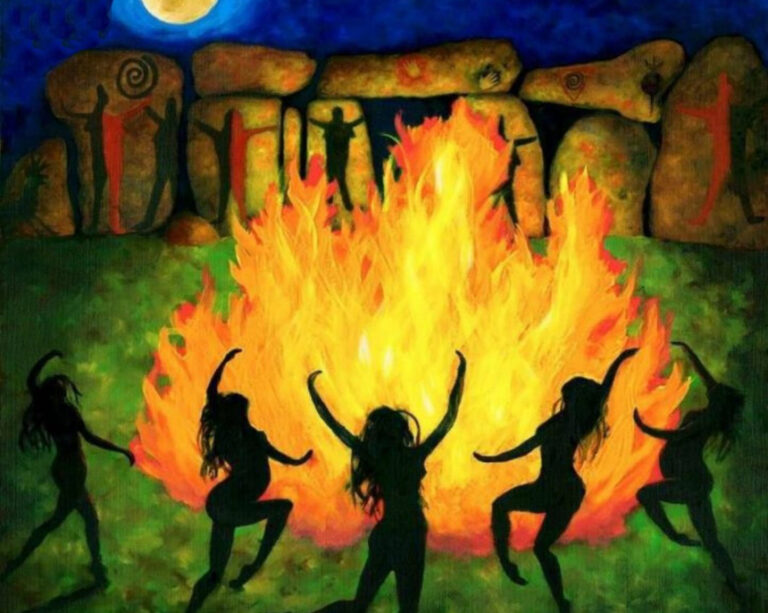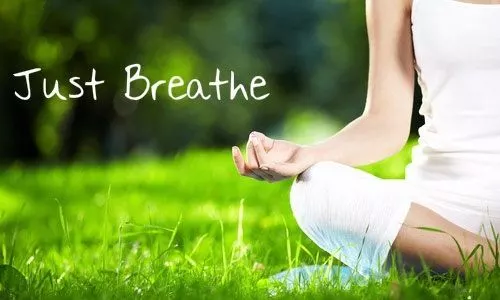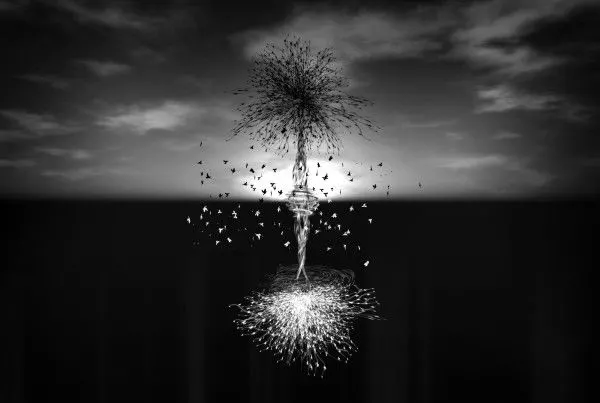“Enlightenment is bringing a state of meditativeness into the smallest acts of your day to day life in it’s expression of grace, harmony, balance, beauty, each and every movement of the body, each and every act… do it totally perfectly , harmoniously, with your total attention and love and you will see that your deepest center starts connecting to each and every act of yours. This is how you bring the buddha to your life.” ~ Osho
Ok, so we’ve all heard by now that we should be meditating. Doctors and medical professionals in the west are now recognizing it for it’s healing properties and calming effects on the body.
However, what many people may not know is that you don’t actually have to “meditate” to meditate. Meaning… you don’t technically have to sit cross-legged, with palms facing up chanting “ommmmmmm” in a room of complete silence to get the health benefits of a meditation practice.
This is good news for a lot of people, especially since a big part of the population have either never tried meditation, because it still just seems too weird, or have tried it and were able to do it for a minute or two before their pesky little mind stepped and said, “ok, this is getting too weird/boring/out there…. I need to stop.”
So don’t feel bad if you are part of the population that doesn’t seem to be able to grasp this whole meditation thing.
Anyone who has been doing it for a while will tell you that it takes practice to be able to sit still and quiet the mind for extended periods of time, and even then… the conventional method of meditation is not for everyone.
Our bodies and minds do however, need some method of release and relaxation where we are able to de-stress and relax.
Here are some other ways we are able to “meditate without actually meditating” ~
“Don’t meditate to fix yourself, to heal yourself, to improve yourself, to redeem yourself; do it as an act of love, deep warm friendship to yourself. In this way there is no longer any need for the subtle aggression of self-improvement, for the endless guilt of not doing enough. It offers a possibility to the end of the ceaseless round of trying so hard that wraps so many people’s lives in a knot. Instead there is now meditation as an act of love. How endlessly delightful and encouraging.” ~ Bob Sharples, Meditation and Relaxation in Plain English
1) Cook Something
Food is what we nourish our bodies with. We quite literally, are what we eat. Whether you are making something healthy or maybe you are baking a comforting treat for yourself, if you bring presence and love into your cooking you can use cooking as a method of creative meditation.
Focusing on the way we chop the vegetables, spice and season the food just right and then finally plating the food so that it quite literally becomes a visual representation of deliciousness can all be ways that we meditate as we cook. The food that we put in our bodies and that we feed to our friends and family becomes an act of love and friendship.
2) Exercise/ Take a Walk
Yoga is probably the first method of exercise that comes to mind when we think of bringing presence into a physical activity. And while yoga is undoubtedly a wonderful way to bring our attention to the subtle nuances of our body’s movements, it’s not the only way.
In fact, any exercise can be used to love our bodies in an active meditation. Weight lifting, taking a walk, or dancing are all ways that we can move our body and focus on each movement in such a way that we can actually relax while at the same time getting our heart rate up.
Exercising is another act of love towards our own self, so find which way to exercise best suits you and get moving!
3) Sleep
“Sleep is the best meditation.” ~ Dalai Lama
Yes, that’s right.. now you have an excuse to get some more sleep. During sleep our conscious mind takes a rest while our subconscious mind gets to play out and sift through any stresses that our conscious mind did not get to during the day.
Sometimes situations are so stressful that our waking mind does not want to deal with them, so it stuffs these emotions down so that it doesn’t have to think about them and during sleep we are able to deal with these hard to deal with emotions.
For those of us who can’t seem to quiet the mind no matter what, sleep becomes an imperative part of our lives. It becomes the only time in which we are able to de-clutch from our thoughts and truly relax our body, which makes good, quality sleep (meaning sleep with no noise in the background and where we are able to slip into REM sleep) a necessity not just a luxury.
4) Make Art
Art can really be anything these days. It’s not only limited to drawing, sculpting and painting anymore. It can be photography, making a collage, putting on your makeup, sewing, among any number of things. Anytime we create something new we are tapping into the “vortex”, which means we are connecting to source energy.
And anytime we are connected to source energy we are quite literally feeding our soul with what it needs. When we focus on creating something with our hands or voices or instruments or whatever, we turn off our “logical” mind and tap into our imagination.
This can be an act of meditation because creating something can be a highly relaxing activity.
5) Breathe
“Breathing in I calm my body. Breathing out, I smile. Dwelling in the present moment, I know this is a wonderful moment.” ~ Thich Nhat Hahn
Ironic how the easiest and most effortless thing we do on a day to day basis is actually the one thing that is the most beneficial. When we connect to, focus and become our breath we do the absolute most effective thing in relaxing our minds and bodies.
Every moment becomes another chance to meditate, and when we focus on our breathing we actually are able to deal with life in a calmer and a more responsive (as opposed to reactive) manner.
Breath is life, and at a certain point in our spiritual journey we realize that life is meditation. All of life. The only way to come to this realization is to become our breath.
Meditate without actually meditating
Image Source














 “Experience is the hardest teacher. It gives you the test first and the lesson afterward.” ~ Oscar Wilde
“Experience is the hardest teacher. It gives you the test first and the lesson afterward.” ~ Oscar Wilde Here’s the thing: everybody wants to be loved, and everybody wants to fall in love. Whether it’s with a person, with life, or with the moment. But here’s the other thing: everything changes. There is no permanence.
Here’s the thing: everybody wants to be loved, and everybody wants to fall in love. Whether it’s with a person, with life, or with the moment. But here’s the other thing: everything changes. There is no permanence.






